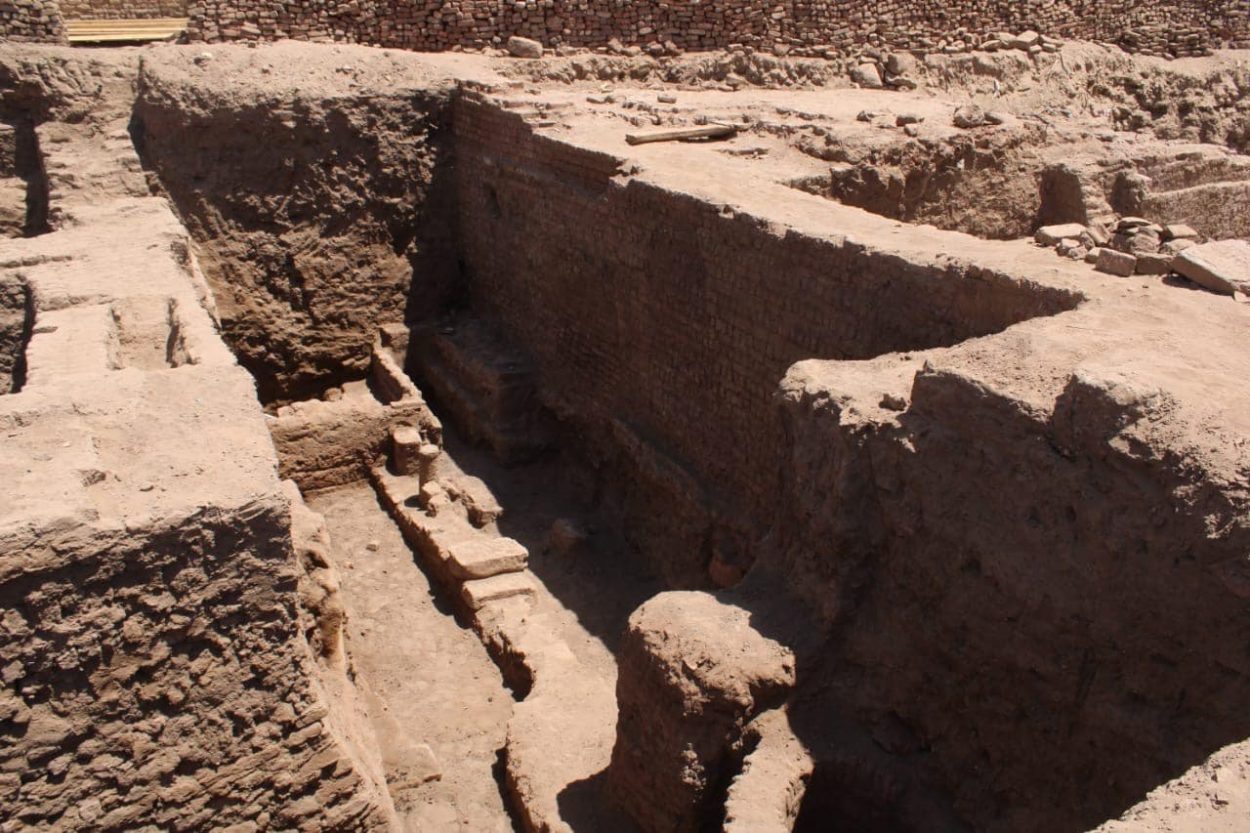Archaeologists from an Egyptian archaeological mission, excavating at the Temple of Khnum in Esna, Egypt, have uncovered new remains from different historical periods.
In antiquity, Esna was known as Iunyt or Ta-seny by the Ancient Egyptians, renamed to
Latopolis by the Greeks. New Kingdom, Kushite, and Saite structures existed on the site, but only the Temple of Khnum survives today.
The temple naos was built by Ptolemy V and decorated by Ptolemy VI, Cleopatra II, and Ptolemy VIII during the Ptolemaic-era, while the vestibule at the front of the temple was built by the Romans.
The Temple is dedicated to Khnum (originally deified as the god of the source of the Nile), along with his consorts, Menhit and Nebtu, their son, Heka, and the goddess Neith. The inscriptions in the temple include a festival calendar, an astronomical ceiling, religious hymns, and cryptographic texts based on crocodile and ram figures.

Excavations commissioned by the Supreme Council for Archaeology revealed a Ptolemaic-era building, a Roman bathhouse, and various artifacts behind the main temple structure.
The building contains several rooms, constructed using sandstone, which was an extension of the earliest parts of the temple, in addition to remains of a circular brick building and the foundations of another structure with adobe walls, and remnants of small columns forming a gate or entrance.
On the north side of the excavations, archaeologists uncovered a Roman bathhouse, which was fed by water that flowed through channels into the basins. The structure also contained a hypocaust, a Roman central heating system that produces and circulates hot air below the floor of a room.
Ministry of Tourism & Antiquities
Header Image Credit : Ministry of Tourism & Antiquities





